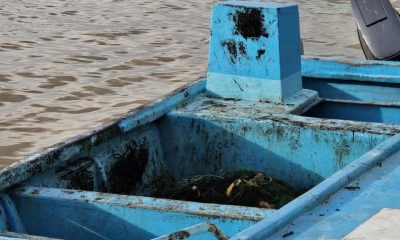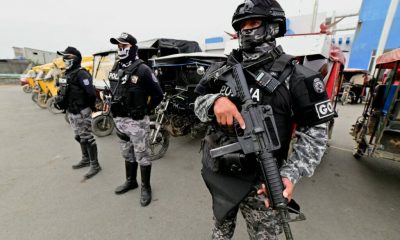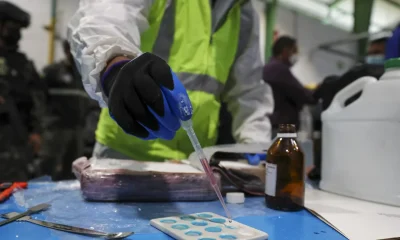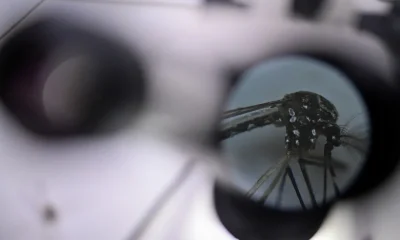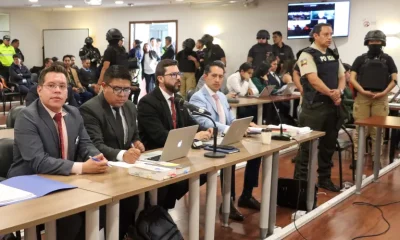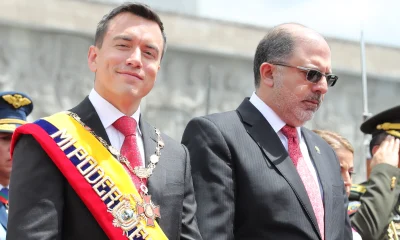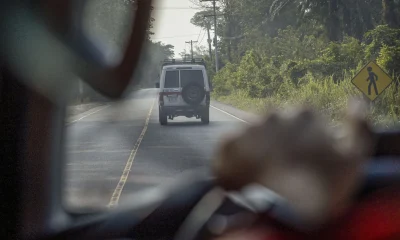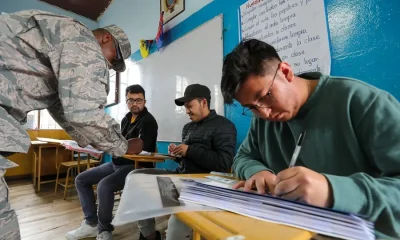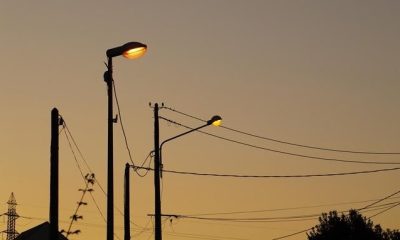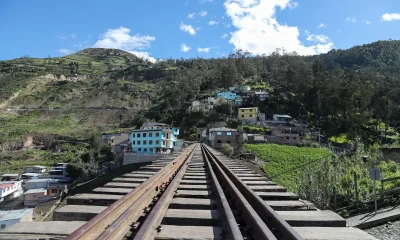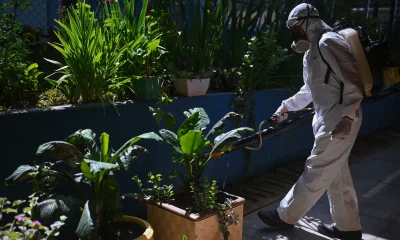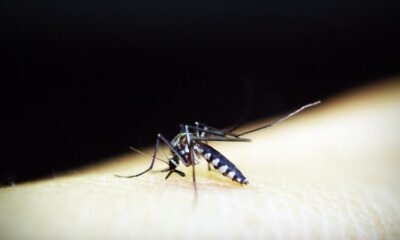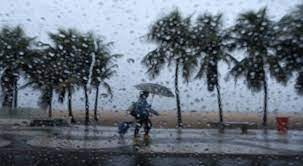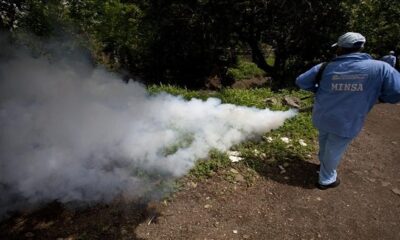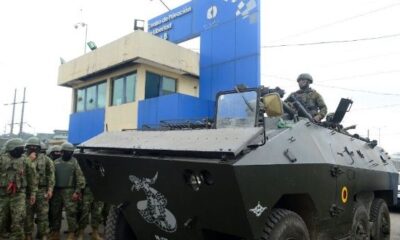International
Ecuador registered 173 cases of dengue fever since the beginning of the year
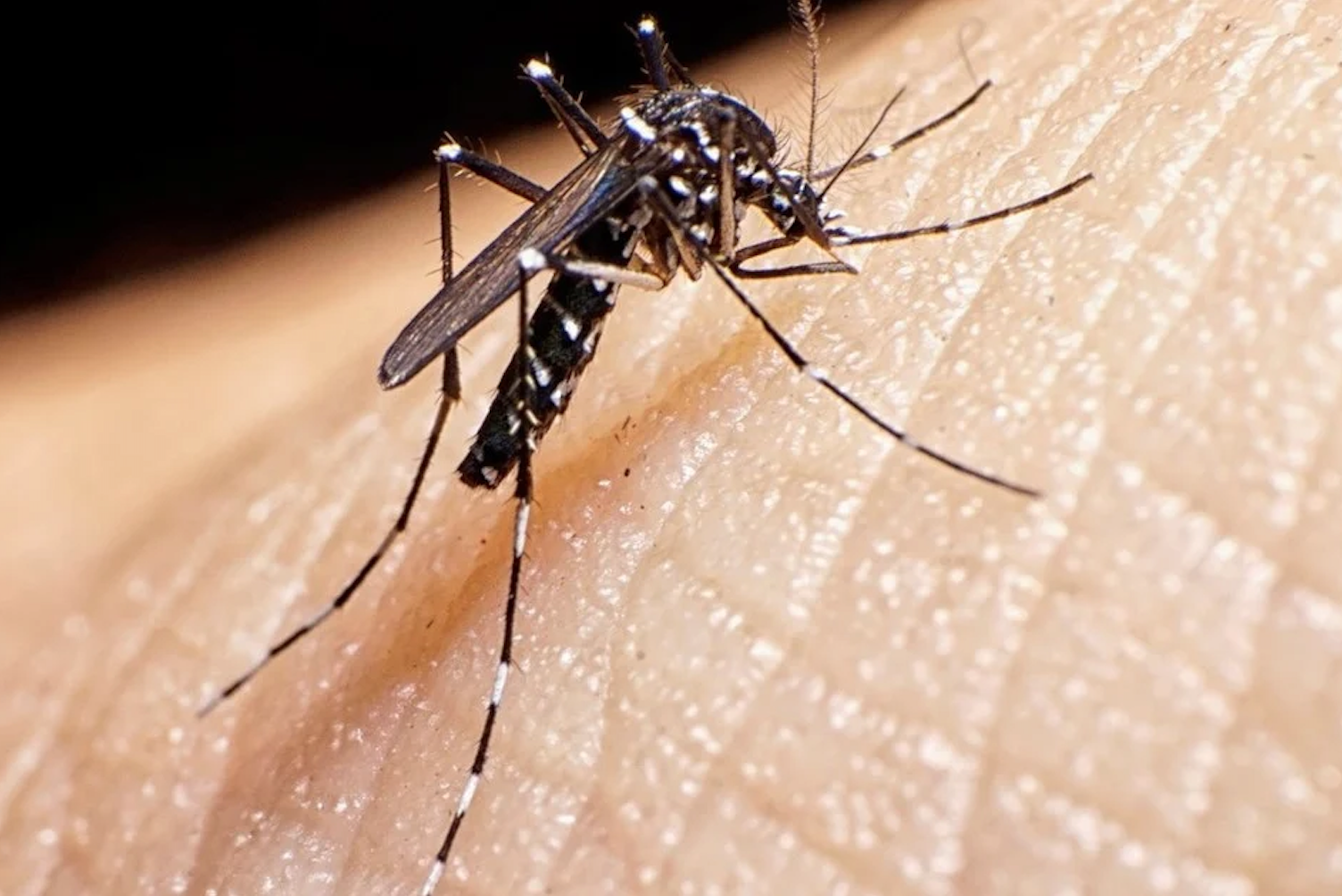
February 3rd |
This year alone, Ecuador has already registered 173 cases of dengue fever in the localities that make up zone 8 of the country, composed of Guayaquil, Durán and Samborondón, according to the Ministry of Public Health.
The epidemiological report of the health portfolio indicates that there are 95 patients in Guayaquil and 78 in Durán, while in Samborondón there are still no cases of this disease. Health authorities have reported a slight increase compared to the same period last year, when 162 cases were registered. In total, during 2022, there were 2,600 patients with dengue fever in these three cities.
As part of the preventive and health work, brigades of the Ministry of Health travel through neighborhoods of Guayaquil to carry out evaluations of water reservoirs in homes that usually attract dengue mosquitoes.
During the rounds, health officials also check buckets, containers and other objects where water can stagnate.
The Ministry of Health has also enabled the reception of people who can attend the health centers and request a visit from the Ministry’s brigades to their neighborhoods.
In addition, as part of their work, they tested the water found in these reservoirs and found Aedes aegypti aquatic larvae, which are vectors of tropical diseases. This is a domestic mosquito, which lives in and near houses and breeds in any artificial or natural container containing water.
The dengue-transmitting mosquito lays its eggs in artificial containers containing water, mainly barrels and tires, which are in or around houses, schools or workplaces. Aedes aegypti eggs can withstand dry environmental conditions for more than a year. This is considered one of the most important strategies the species employs to survive and spread, according to the Pan American Health Organization (PAHO).
To eliminate mosquitoes, PAHO recommends the following actions: avoid collecting water in outdoor containers (flower pots, bottles or other containers that can collect water) so that they do not become breeding sites for mosquitoes; adequately cover water tanks and reservoirs to keep mosquitoes away; avoid accumulating garbage; dispose of garbage in closed plastic bags.
Several residents of the neighborhoods of Guayaquil and Duran have testified that, due to the storm, the presence of mosquitoes increases, especially in areas with lots of vegetation such as parks, where water also accumulates.
According to PAHO, dengue is a disease transmitted by the bite of an infected mosquito and can affect people of all ages. Symptoms range from a mild fever to a disabling fever, as well as severe headache, pain behind the eyes, muscle and joint pain, and erythema – reddening of the skin.
The disease may progress and become severe. In this state there is respiratory distress or severe organ damage.
Dengue, according to PAHO, has a seasonal behavior. In countries of the Southern hemisphere, most cases occur during the first half of the year, while in the Northern hemisphere, cases occur mostly in the second half of the year. This pattern of behavior corresponds to the warmest and rainiest months.
PAHO data indicate that around 500 million people in the Americas are at risk of contracting dengue. Aedes aegypti, which is the mosquito vector for dengue, is widely distributed throughout the territory, with the exception of Canada and continental Chile, which are dengue-free. In the case of Uruguay, although the mosquito is present, no cases of dengue fever have been reported.
International
Maduro, Delcy Rodríguez sued in Florida over alleged kidnapping, torture and terrorism

U.S. citizens have revived a lawsuit in Miami against Venezuelan President Nicolás Maduro following his capture, as well as against Vice President and now acting leader Delcy Rodríguez and other senior Chavista officials, whom they accuse of kidnapping, torture, and terrorism.
The plaintiffs — including U.S. citizens who were kidnapped in Venezuela and two minors — filed a motion over the weekend before the U.S. District Court for the Southern District of Florida asking the court to declare the defendants in default for failing to respond to the lawsuit initially filed on August 14, 2025, according to court documents made public on Monday.
The case, assigned to Judge Darrin P. Gayles, accuses the Venezuelan leaders of violating the U.S. Anti-Terrorism Act (ATA), the Florida Anti-Terrorism Act, and the Racketeer Influenced and Corrupt Organizations Act (RICO).
In addition to Maduro and Rodríguez, the lawsuit names Venezuelan Defense Minister Vladimir Padrino López; Attorney General Tarek William Saab; Interior Minister Diosdado Cabello; former Supreme Court Chief Justice Maikel Moreno; and National Assembly President Jorge Rodríguez.
The complaint also lists the state-owned oil company Petróleos de Venezuela (PDVSA) and former Electricity Minister Néstor Reverol as defendants.
According to the filing, Maduro “committed flagrant acts of terrorism against U.S. citizens,” citing the criminal case in New York in which Maduro and his wife, Cilia Flores, appeared in court for the first time on Monday following their arrest on Saturday.
The lawsuit claims that the plaintiffs “were held captive by Maduro” with “illegal material support” from the other defendants, whom it identifies as members of the Cartel of the Suns, a group designated by the United States as a terrorist organization last year.
International
U.S. faces worst flu season in decades as new strain spreads nationwide
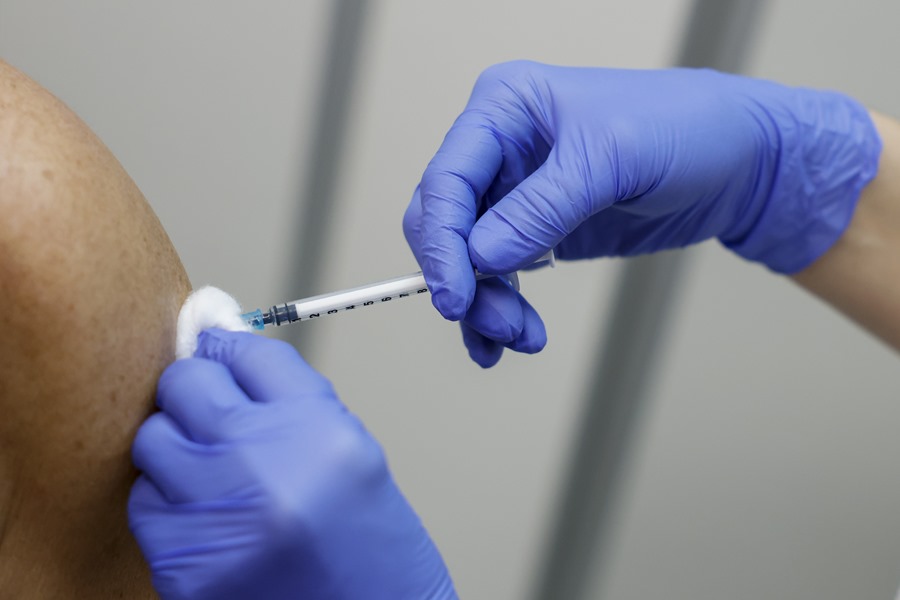
The flu continues to take a heavy toll across the United States, with all but four states reporting high or very high levels of activity as a new viral strain known as subclade K continues to spread.
According to another key indicator — doctor visits for fever accompanied by cough or sore throat, common flu symptoms — the U.S. is experiencing its highest level of respiratory illness since at least the 1997–98 flu season, based on data released Monday by the Centers for Disease Control and Prevention (CDC).
“This is definitely a standout year,” said Dr. Caitlin Rivers, an epidemiologist and senior scholar at the Johns Hopkins Center for Health Security. “It’s the worst we’ve seen in at least 20 years. Most of the country is experiencing very high levels of activity, and we are still near the peak.”
Rivers noted that it is unusual to see such a severe flu season following another poor season the previous year, as intense seasons typically do not occur back to back.
Nationwide, approximately 8.2% of doctor visits during the final week of the year were for flu-like symptoms. At the same point last season — which was also severe — that figure stood at 6.7%.
In Massachusetts, where flu activity is reported as very high, health officials urged residents to get vaccinated.
“This is a moment for clarity, urgency, and action,” said Dr. Robbie Goldstein, Commissioner of Public Health, in a press release. “These viruses are serious, dangerous, and potentially deadly. We are seeing critically ill children, families grieving devastating losses, and hospitals under strain due to capacity.”
International
U.S. Energy Secretary to meet oil executives on reviving Venezuela’s crude industry
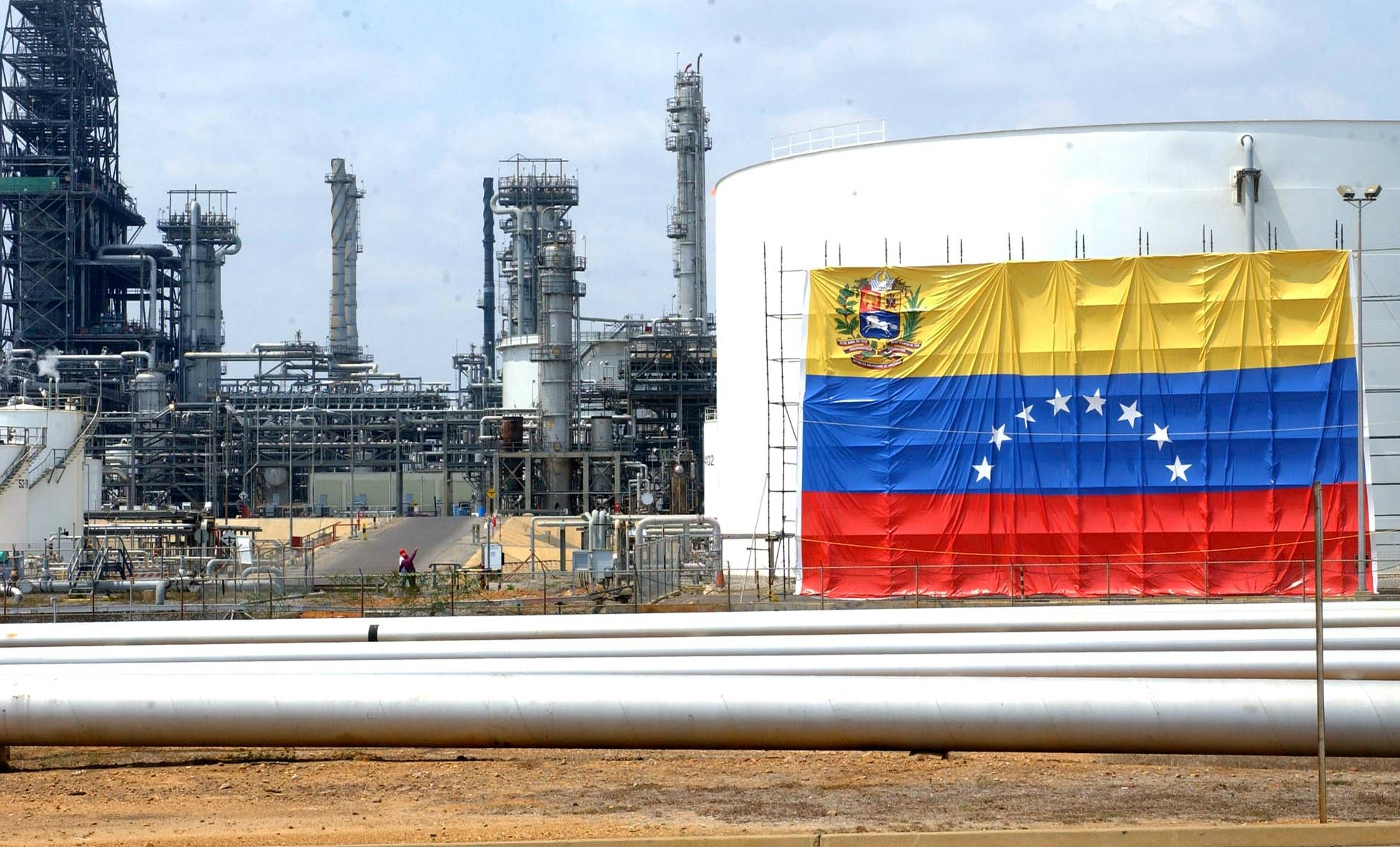
U.S. Secretary of Energy Chris Wright is set to meet this week with executives from the American oil industry to discuss how to revive Venezuela’s crude oil sector, according to multiple media reports.
The meeting will take place on the sidelines of an energy conference organized by investment banking group Goldman Sachs in Miami.
Senior executives from major U.S. oil companies, including Chevron and ConocoPhillips, are expected to attend the symposium.
Venezuela holds the world’s largest proven oil reserves, estimated at 300 to 303 billion barrels, representing roughly one-fifth of known global reserves.
Following the controversial operation carried out on Saturday to detain Venezuelan President Nicolás Maduro, U.S. President Donald Trump has placed renewed emphasis on control over and exploitation of Venezuela’s vast oil resources.
-
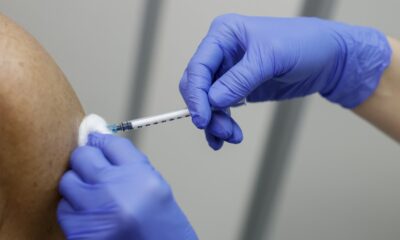
 International1 day ago
International1 day agoU.S. faces worst flu season in decades as new strain spreads nationwide
-
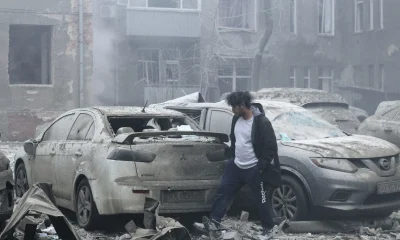
 International5 days ago
International5 days agoMissile attack hits Kharkiv homes, leaving 13 wounded
-

 Central America2 days ago
Central America2 days agoEl Salvador reports safest year in its history, security cabinet says
-

 International5 days ago
International5 days agoCanada’s prime minister Mark Carney to join Ukraine peace talks in Paris
-

 International4 days ago
International4 days agoTrump signals possible expansion of U.S. regional policy beyond Venezuela
-
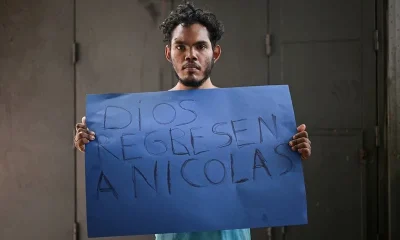
 International4 days ago
International4 days agoWorld leaders react to U.S. attacks on Venezuela, sparking global divide
-

 International2 days ago
International2 days agoDelcy Rodríguez, key figure in U.S.-Venezuela transition, remains under EU sanctions
-

 International3 days ago
International3 days agoMarco Rubio warns Cuba could be Trump administration’s next target
-

 International1 day ago
International1 day agoMaduro, Delcy Rodríguez sued in Florida over alleged kidnapping, torture and terrorism
-

 International2 days ago
International2 days agoChina urges immediate release of Maduro, seeks emergency UN security council meeting
-
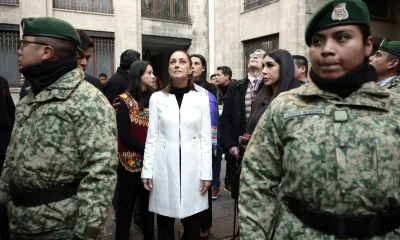
 International5 days ago
International5 days agoSheinbaum evacuates National Palace after 6.5-magnitude earthquake hits Southern Mexico
-

 International1 day ago
International1 day agoColombia to maintain anti-drug cooperation with U.S. after Trump remarks
-
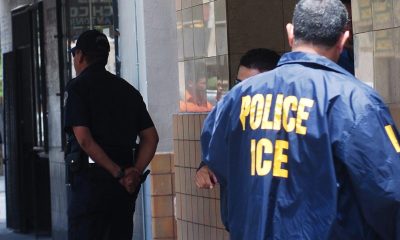
 International1 day ago
International1 day agoFlorida’s ‘Tidal Wave’ operation detains 10,400 migrants in largest ICE joint effort
-

 International1 day ago
International1 day agoU.S. Energy Secretary to meet oil executives on reviving Venezuela’s crude industry
-
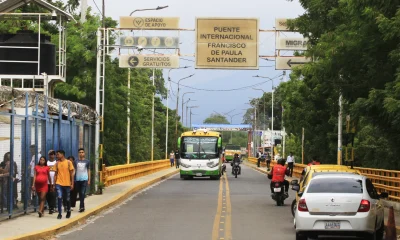
 International1 day ago
International1 day agoColombia says border with Venezuela remains calm after U.S. arrest of Maduro























